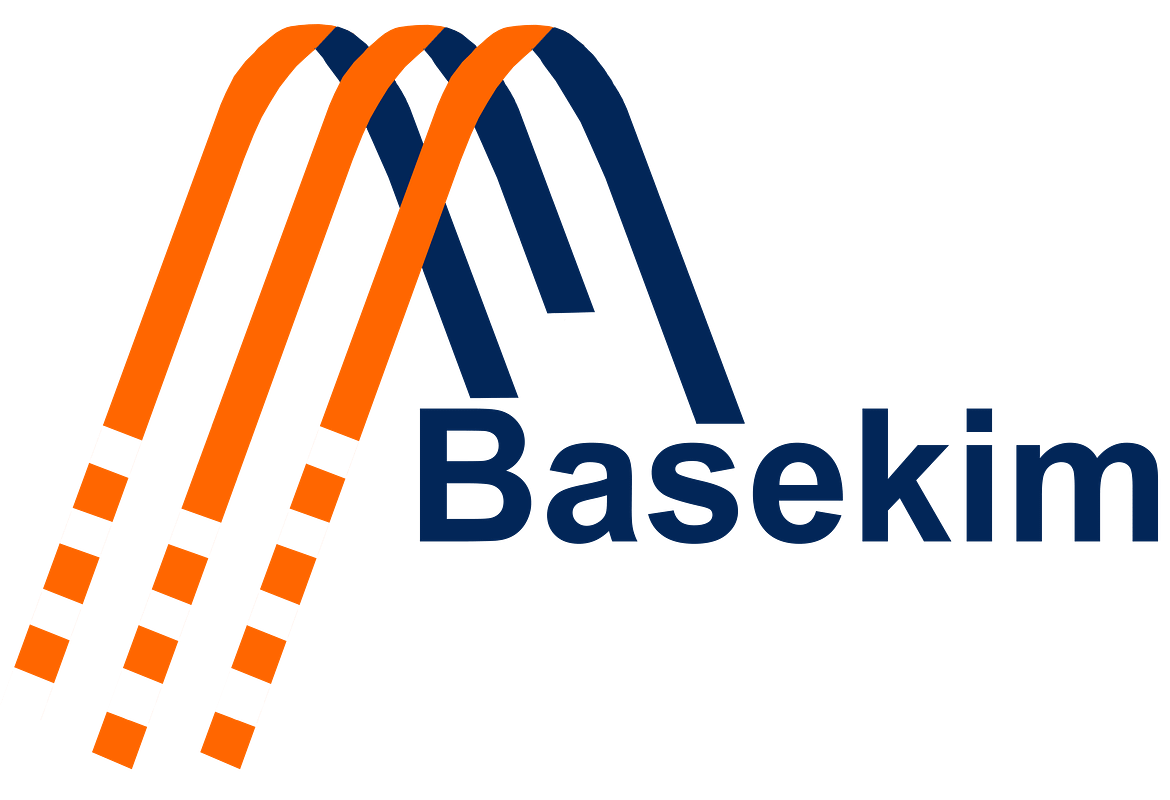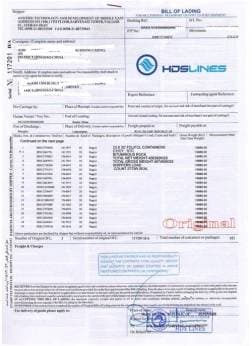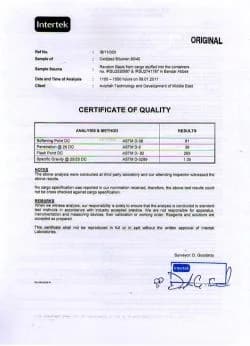Coated Urea – Slow Release Nitrogen Fertilizer
The Problem with Conventional Urea
Conventional urea is the world’s most popular nitrogen fertilizer, but it has a major drawback: it releases nitrogen too quickly. Heavy rainfall or frequent irrigation can wash away nitrogen before plants have a chance to absorb it. This leads to wasted fertilizer, higher costs for farmers, and serious environmental challenges such as groundwater contamination.
The Smart Solution: Coated Urea
Coated Urea is an advanced fertilizer designed to solve this problem. By applying a protective layer around urea granules, nitrogen is released gradually into the soil. This slow-release mechanism matches plant uptake more closely, improves efficiency, and reduces nutrient loss.
Farmers and landscape managers worldwide are turning to Coated Urea as a reliable way to improve yields while lowering environmental impact.
Types of Coated Urea
Sulfur-Coated Urea (SCU)
The most widely used form.
Granules are coated with a thin layer of sulfur.
More affordable and suitable for broad-acre farming.
Polymer-Coated Urea (PCU)
Uses a polymer barrier for precise release control.
Ideal for high-value crops, greenhouses, and turf.
More expensive but highly efficient.
Hybrid Coated Urea (Sulfur + Polymer)
Combines sulfur and polymer for extended release.
Provides both affordability and performance.
Why Farmers Choose Coated Urea
Higher Efficiency: Nitrogen Use Efficiency (NUE) is significantly improved compared to conventional urea.
Cost-Effective in the Long Run: Even though coated products are more expensive, reduced losses mean farmers use less fertilizer overall.
Fewer Applications: One application can last weeks, saving labor and fuel.
Environmental Protection: Lower nitrate leaching and reduced greenhouse gas emissions.
Better Yields: Crops receive a steady nitrogen supply, which supports consistent growth.
Applications Across Sectors
Field Crops: Wheat, maize, rice, sugarcane, and other nitrogen-demanding crops.
Horticulture: Fruit trees, vegetables, and vineyards.
Turf & Landscaping: Parks, lawns, and golf courses prefer polymer-coated urea for precise release.
Greenhouses: Controlled environments benefit from stable nutrient release.
Environmental Advantages
Sustainability is one of the strongest selling points of Urea. By reducing nitrogen runoff and volatilization, it helps prevent water pollution and decreases the carbon footprint of farming. Many governments and agricultural agencies promote the use of slow-release fertilizers to meet environmental targets.
This makes Urea not just a better option for yields, but also for future generations.
Packaging and Storage
Coated Urea is typically available in 50 kg bags or 1,000 kg jumbo bags. It should be stored in a dry, well-ventilated warehouse, protected from direct moisture and excessive heat. Strong coatings ensure the granules maintain their integrity during transport and long-term storage.
Final Thoughts
Coated Urea represents the next generation of nitrogen fertilizers. By extending nutrient availability, cutting losses, and protecting the environment, it provides a sustainable path forward for agriculture. Whether for large-scale farming, specialized horticulture, or high-value turf management, Urea offers a trusted, efficient, and future-ready solution.
Table of Contents
Technical Specifications
| Property | Specification |
|---|---|
| Nitrogen Content (N) | 46% min |
| Coating Material | Sulfur / Polymer / Hybrid |
| Biuret Content | Max 1.0% |
| Moisture | Max 0.5% |
| Particle Size | 2–4 mm (90% min) |
| Release Pattern | Slow / Controlled Release |
| Bulk Density | 720–770 kg/m³ |
| HS Code | 31021000 |
| Packaging | 50 kg bags / 1,000 kg jumbo bags |


